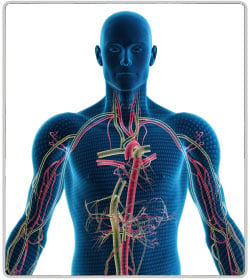Prevention, Treatment and Control of HIV Infection
Vaccine development is difficult because:
- HIV mutates rapidly
- HIV is not expressed in many cells that are infected
- HIV is not completely cleared by the host immune response after primary infection.
- HIV isolates show a marked variation, especially in the envelope antigens-variability that probably promotes the emergence of neutralization-resistant mutants
- Lack of an appropriate animal model for HIV.
- Chimpanzees are the only animals that are susceptible to HIV.
Novel methods are under investigation:
- Soluble form of CD4 has been made by recombinant DNA techniques and is being studied as a viral blocking agent. As CD4 is the HIV receptor on cells, soluble CD4 may inhibit HIV from infecting cells; may block gp120-mediated events, such as cell fusions and may serve as a targeting signal to direct cytotoxic agents to HIV-infected cells.
- Gene therapy approach are being developed that are designed to achieve "intracellular immunization," ie., genetically alter target cells to make them resistant to HIV.
Control measures:
To avoid epidemic spread of HIV it is important to educate the people about eliminating the high risk factors.
- All blood donors should be tested for HIV antibody
- Myths to be dispelled about HIV
HIV is not spread by
- Sharing meals with an HIV +ve patient
- Exposures to sneezing, coughing, or other casual contacts.












